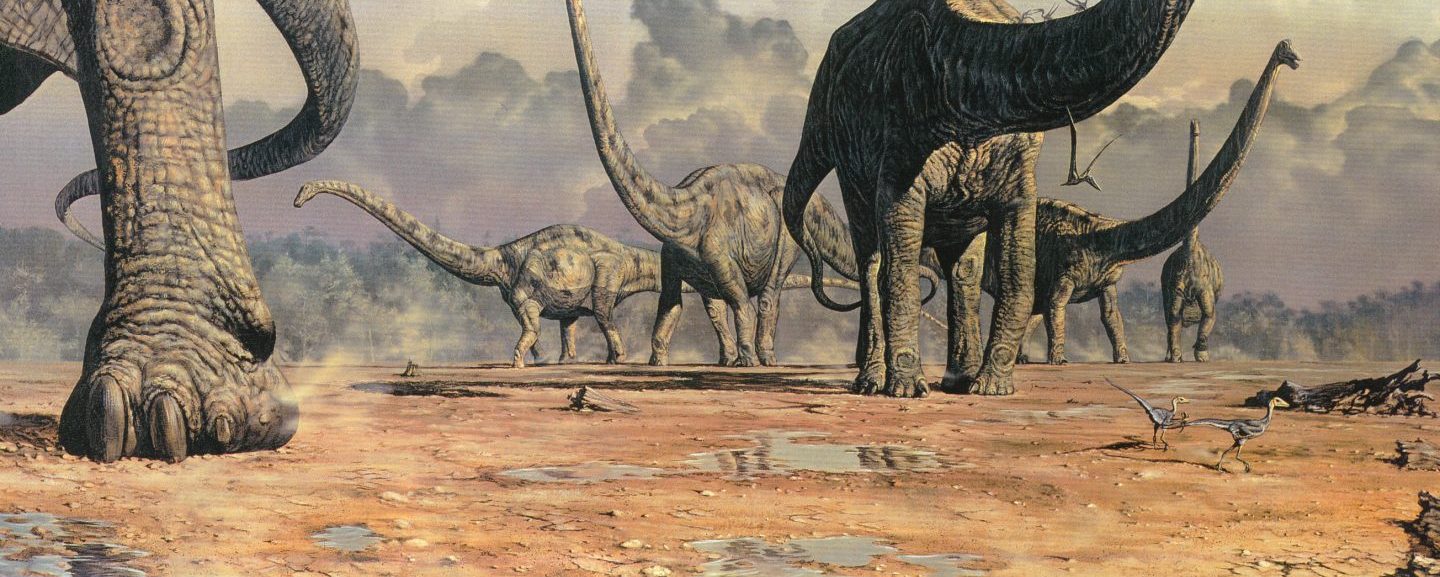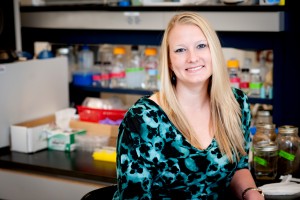- Undergraduate: Drexel University, B.S. Biology ’08
- Graduate: NCSU, PhD candidate (current)
ABOUT ME: I grew up in Langhorne, PA a suburb just Northeast of Philadelphia. I was always playing in the dirt as a little girl. This included playing in the mud at my family’s shore house on the Delaware Bay (see fun fact #2 below) where we often found arrowheads and other artefacts from the Delaware Bay Indians. So I had an interest for past life and natural science as a little girl and throughout high school. I knew I wanted to major in Biology in college, but I had thought I wanted to attend medical school (mostly because I wasn’t exposed to all the different scientific career possibilities). I met Dr. Ken Lacovara, a paleontologist at Drexel University, who opened my eyes to the field of paleontology encouraged me to explore various opportunities and experiences within paleo throughout my college experience. This included participating as a member of the dinosaur expedition team, led by Dr. Lacovara, down in Patagonia digging up Dreadnoughtus schrani, the world’s most massive dinosaur. I also had the privilege of meeting Dr. Mary Schweitzer as freshman and was fascinated by her research which combined current molecular techniques (which I had learned as a Biology major) with paleontological finds. So all my experiences and opportunities as an undergrad and a two year position as a lab technician solidified my decision to attend graduate school and pursue molecular paleontology.
RESEARCH: My research interests include the preservation of keratinous structures in the rock record, including feather, skin, beak and claw fossils. This involves analyzing the fossils to see what potential original organic material remains and how they have been preserved over millions of years. I am reinvestigating the fossil melanosome hypothesis by testing the alternative hypothesis that the microstructures observed in fossil feathers are bacteria from the initial stages of degradation. I am also interested in trying to understand the role microbes play during the processes of fossilization. Why you ask? Because these tissues and the proteins and other molecules that make up these structures (the same building blocks as us) are what made these extinct beasts biological creatures. Taking what we learn from studying animals that lived such long ago, and the techniques by which we do it, and applying it to current issues surrounding us humans today is what I find truly fascinating.
FUN FACTS:
- I fell in love with salsa dancing about 7 years ago and now enjoy all styles of Latin dancing!
- My favorite place on earth is my family’s summer home on the Delaware Bay in New Jersey. There are only 6 houses and 5 of them are family.

